
John Foster|Accidental Mysteries
August 1, 2014
A Mississippi Delta Road Trip
Two weeks ago, a friend of mine from New York flew to St. Louis, which was the starting point for a week-long drive through the South. Before beginning, we agreed on two simple rules: 1) to take two-lane backroads whenever possible, and 2) to stop or turn around whenever we wanted. No questions asked.
As a photographer, I considered this last rule hugely important. Traveling with someone who is not tolerant of this would be difficult. Many times we would turn around on just a hunch, or having had a fleeting glimpse of something that may or may not have ended up worthy of our time. But we didn’t mind and it made our trip wonderful. We should have had a bumper sticker that read “We Brake for Photographs.” I am sure we often annoyed the drivers of cars behind us.
My friend and traveling companion was Aarne Anton, owner of American Primitive Gallery in NYC and longtime expert in folk art and unusual objects. Aarne has what many would call “an eye” — and he is known throughout the nation for his extraordinary finds.
But this trip was not really about finding “objects” but about photographing the South. We were particularly interested in documenting the shared attributes of African-American culture in small towns along the Mississippi and the Delta. Both Aarne and I have long been interested in the past and current culture relating to the African diaspora of the 19th century, through its language, religion, music, food, clothing, and art. This photographic journey revealed many things we were expecting to see, and a few things we were not. In Arkansas, we spotted a front yard with the trappings of Voodoo culture, and spoke to the owner who eventually allowed us a five second peek inside his temple — but no cameras. And in Clarksdale, Mississippi, we enjoyed smoked BBQ and listened to the blues at “Red’s”, a real deal juke joint you would never find if you didn’t have specific directions.
The map I have provided gives a rough breakdown of our route for the six days we traveled. We were very thorough, and did our best to drive down as many neighborhood streets as we could in the small towns we came upon. We were impressed with the high number of African American churches in the small towns — at times finding a church on every other block. We determined that churches are part of the glue that holds communities together. Houses and buildings were often adorned with bright colors of paint or decoration, and neatly kept yards, which we found gave people uplifting optimism and pride to the sometimes oppressive poverty around them.
I took about 300 images in the six days we traveled, a small number of which I share with my readers today.
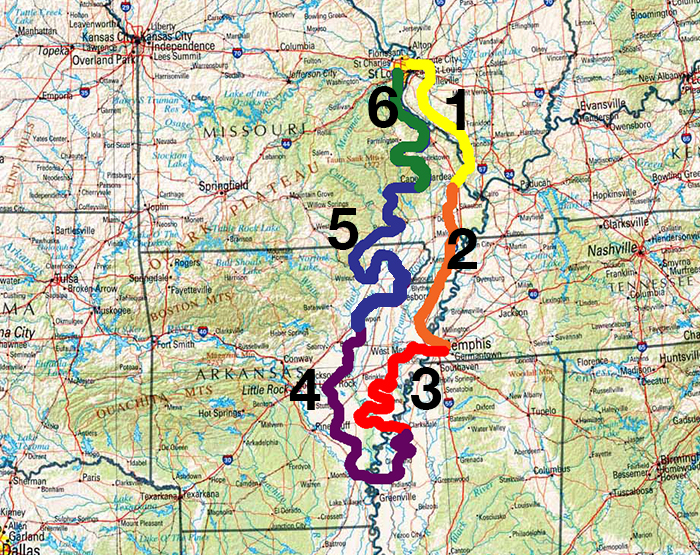
DAY 1
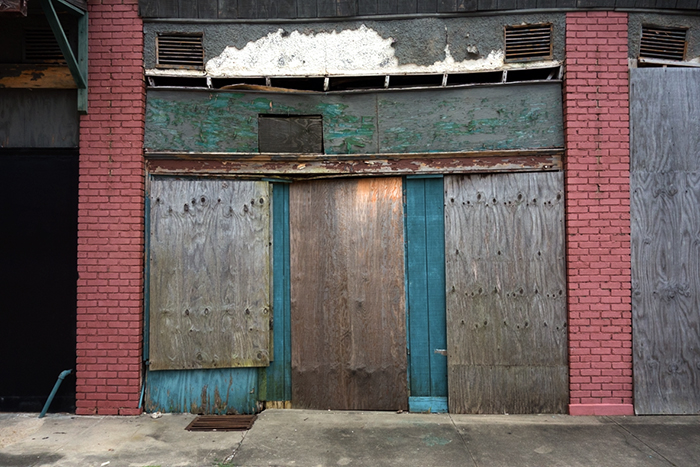
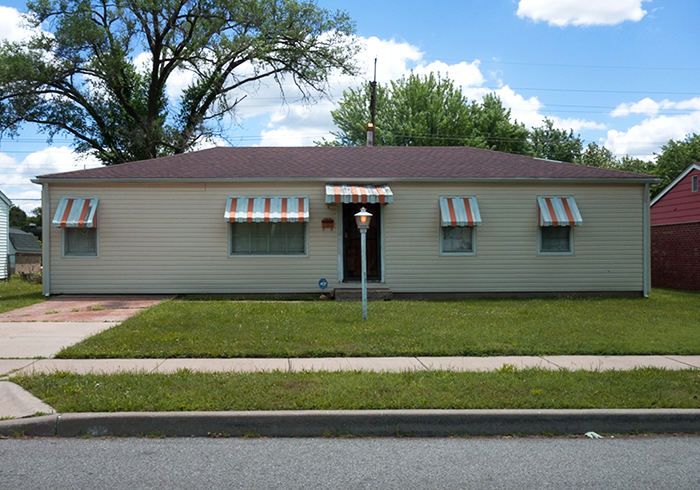
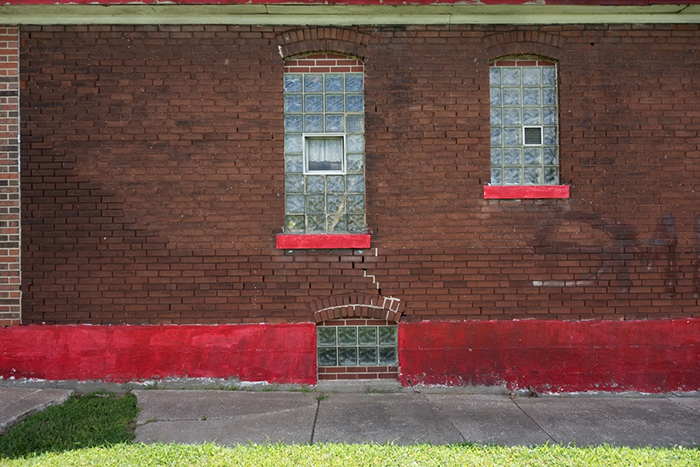
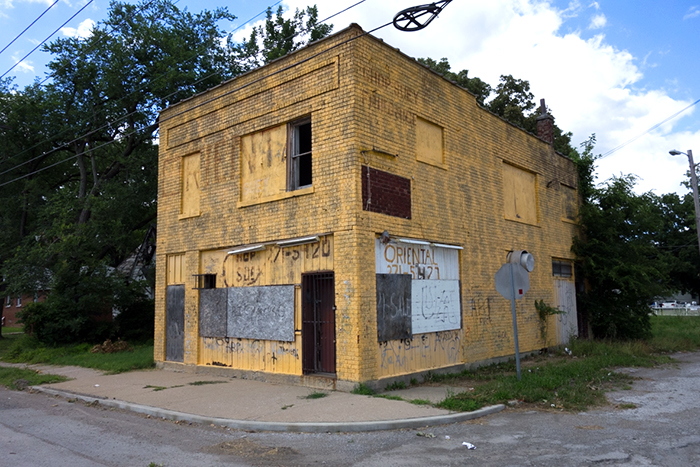
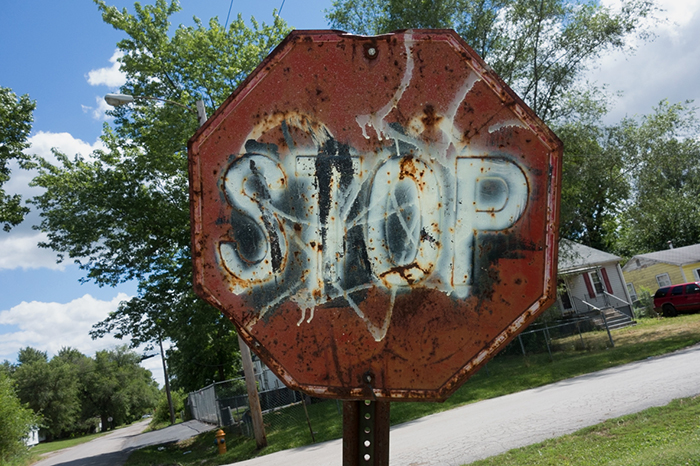
This stop sign seemed a perfect representation of East St. Louis, a city that is struggling to survive.
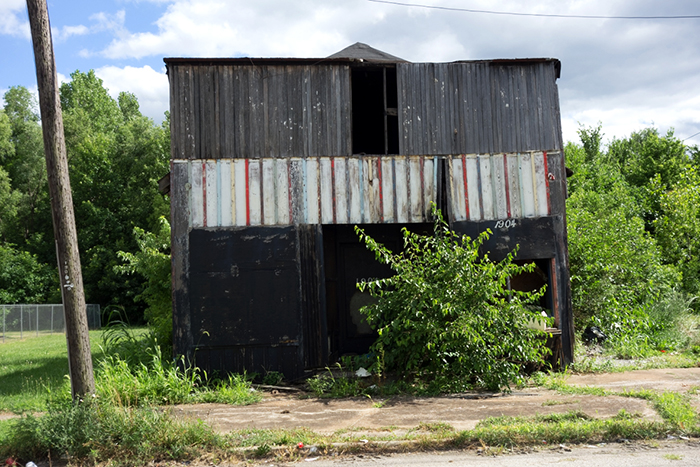

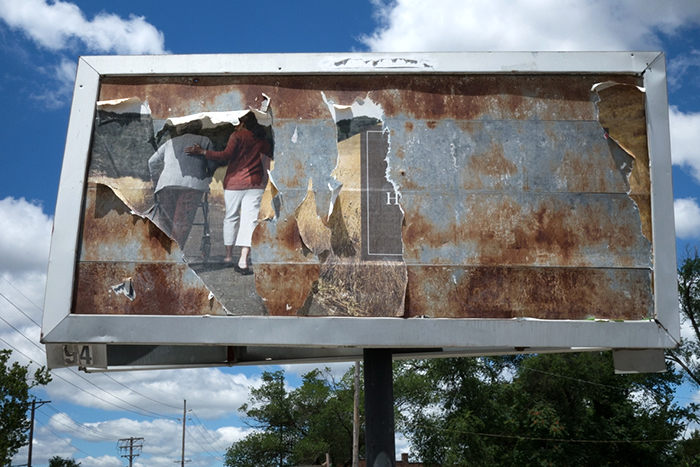
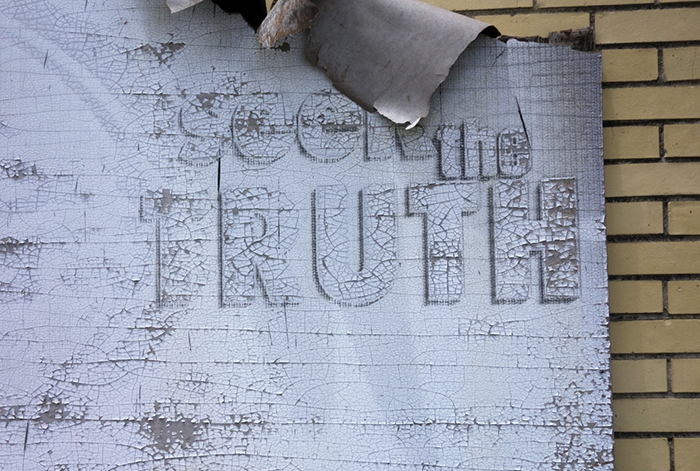
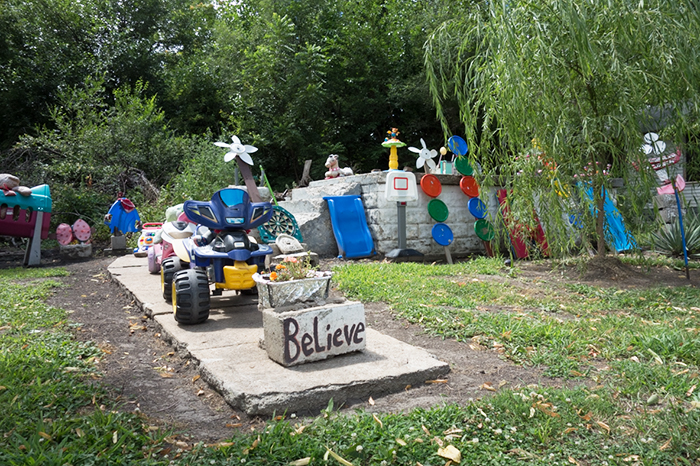
This vacant lot may look like a child’s arrangement of toys, but it turned out to be part of an African-American yard display of faith and power.
DAY 2
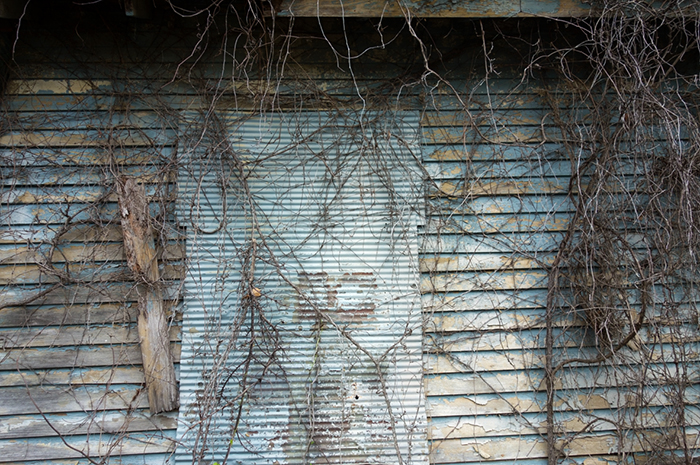
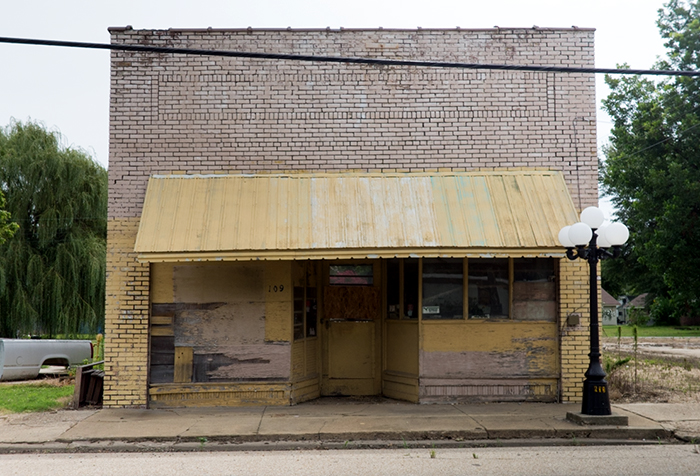
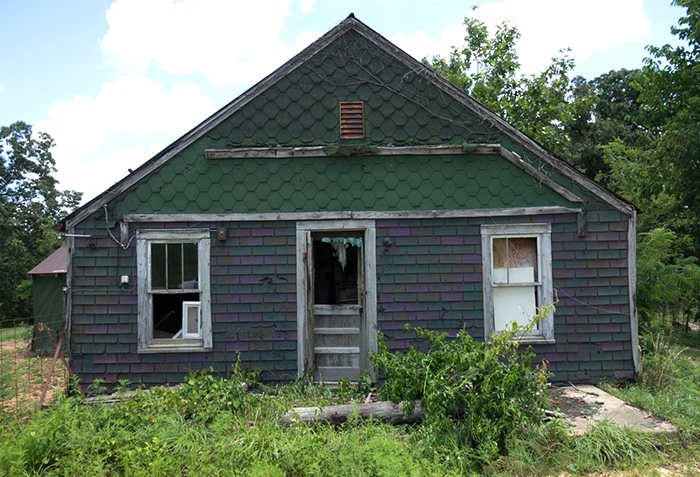
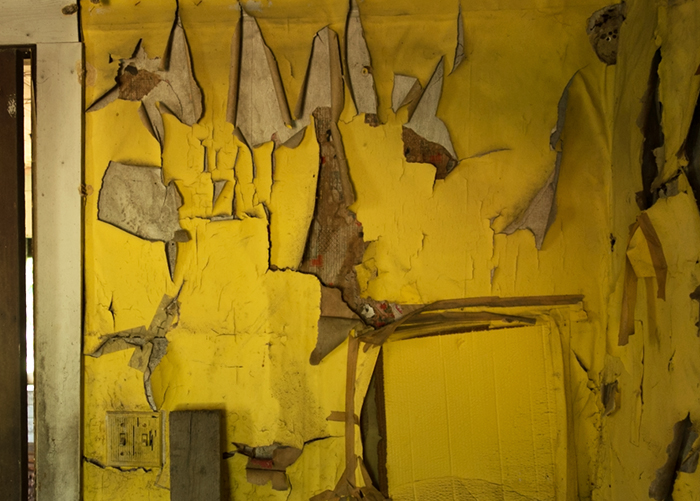


DAY 3
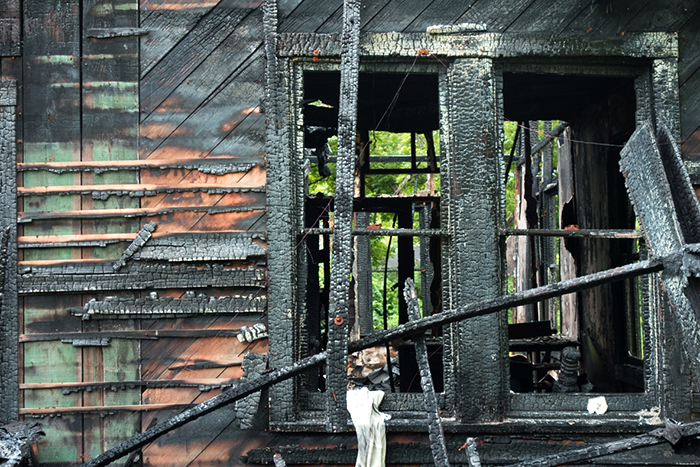

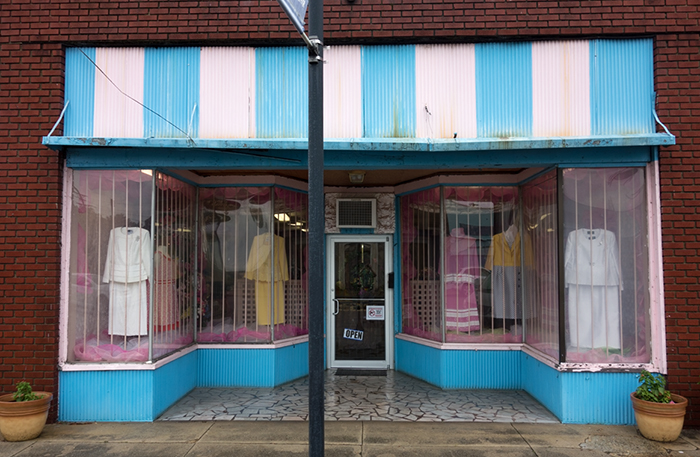
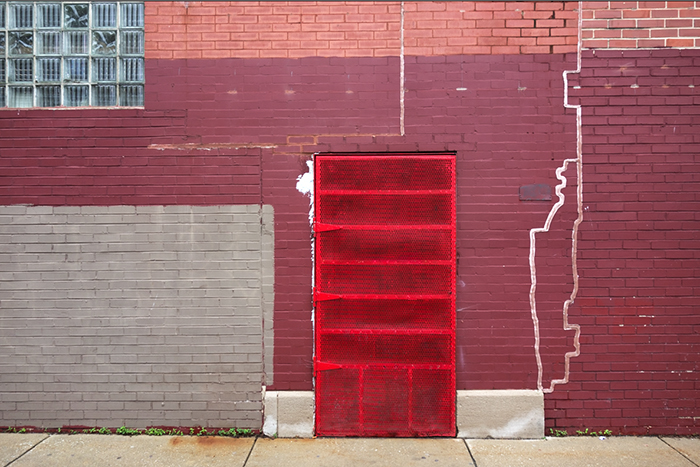
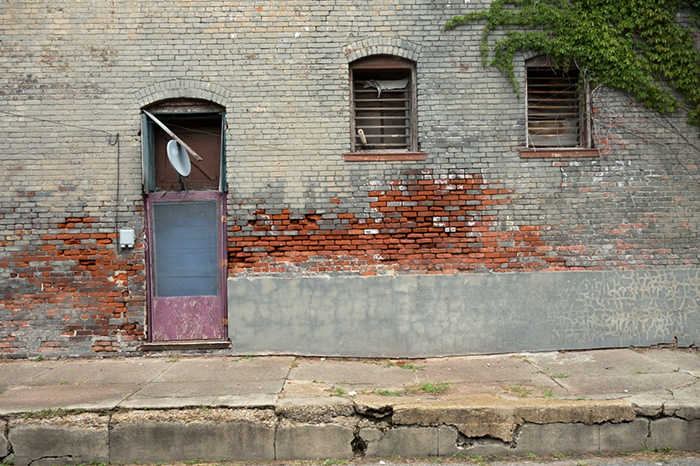
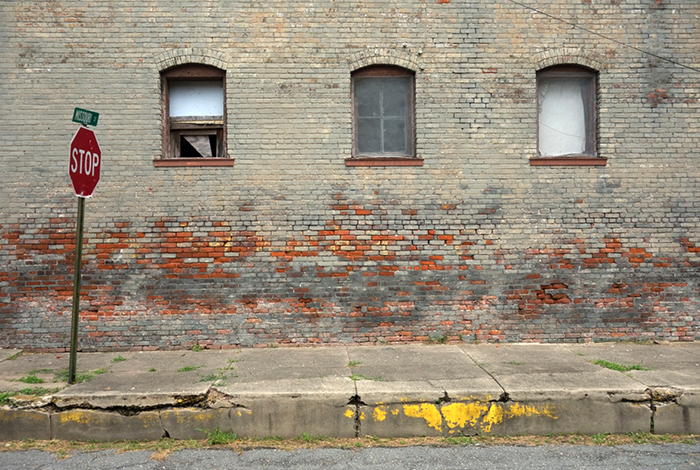
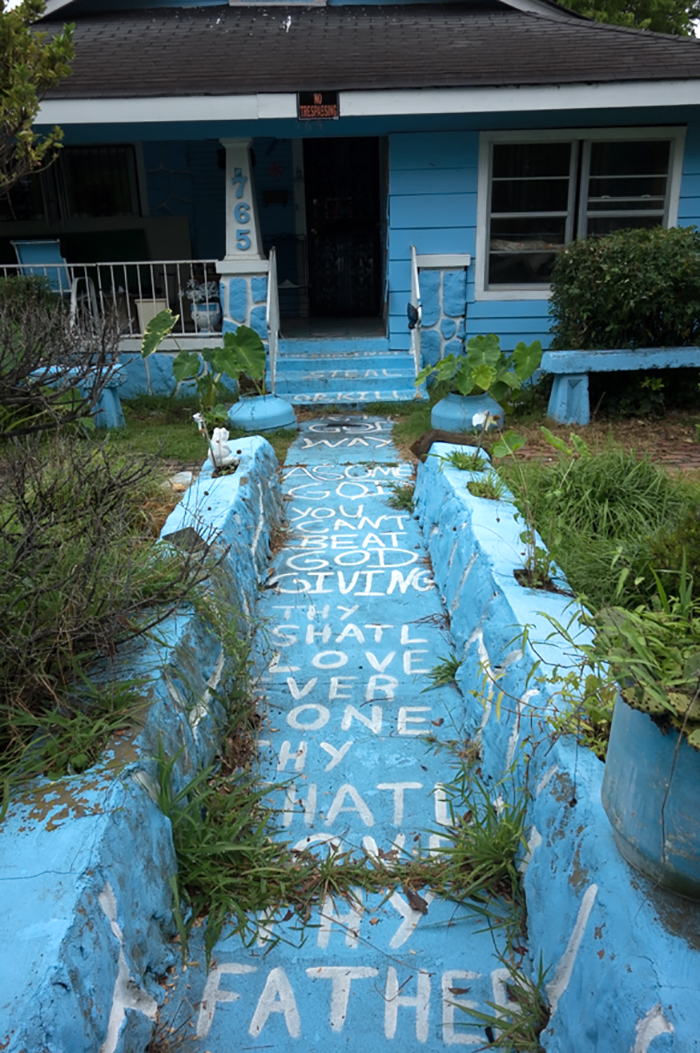
Religious faith in African-American communities can extend to entire yard and home decoration.
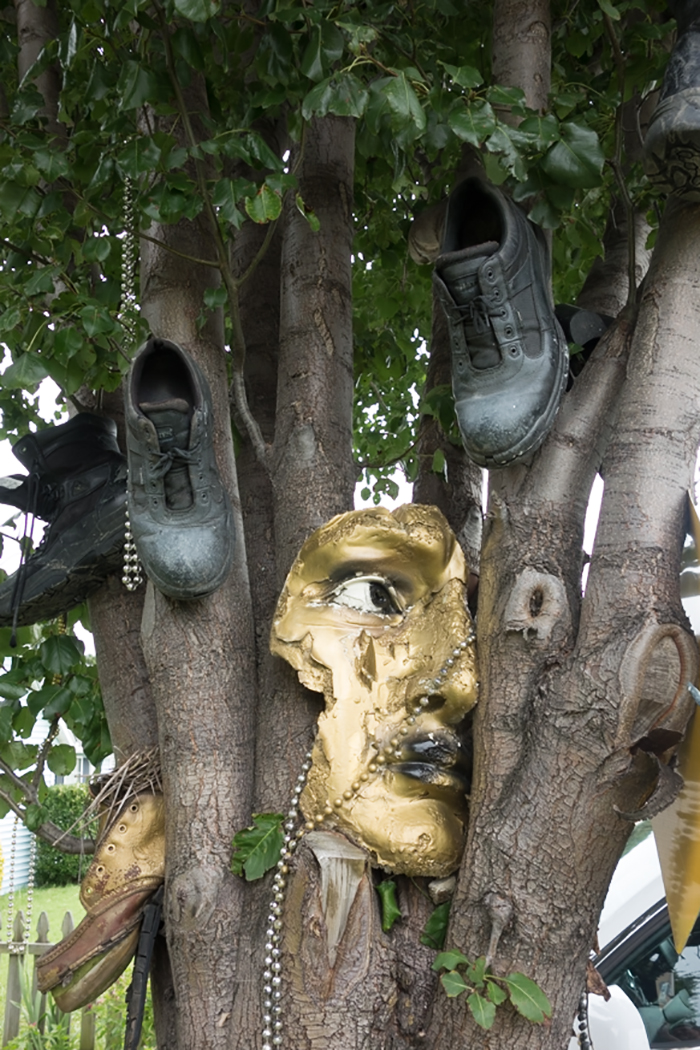
The owner of this house explained this front yard tree as being representative of his voodoo beliefs.
DAY 4

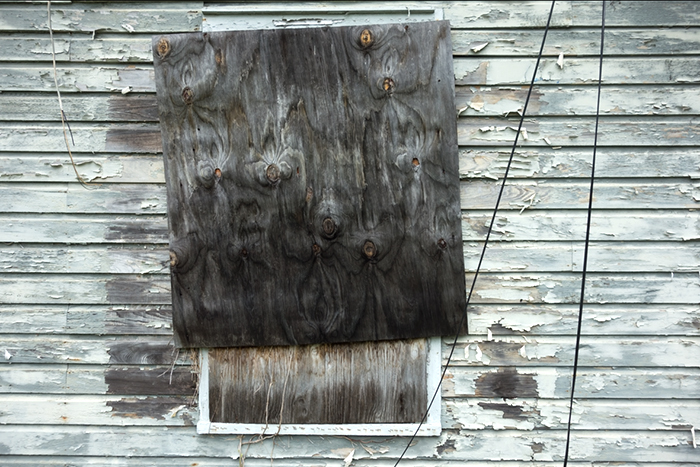
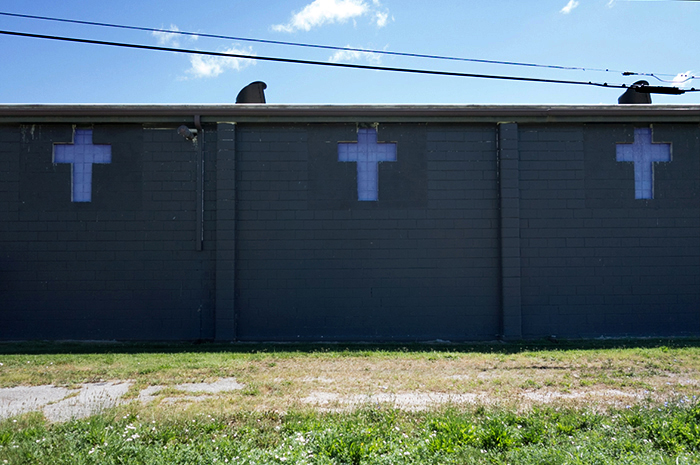
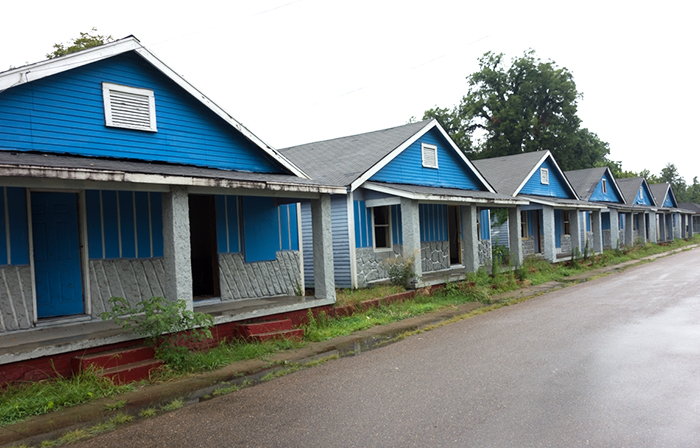
All of these houses were painted the same color. All were boarded up.
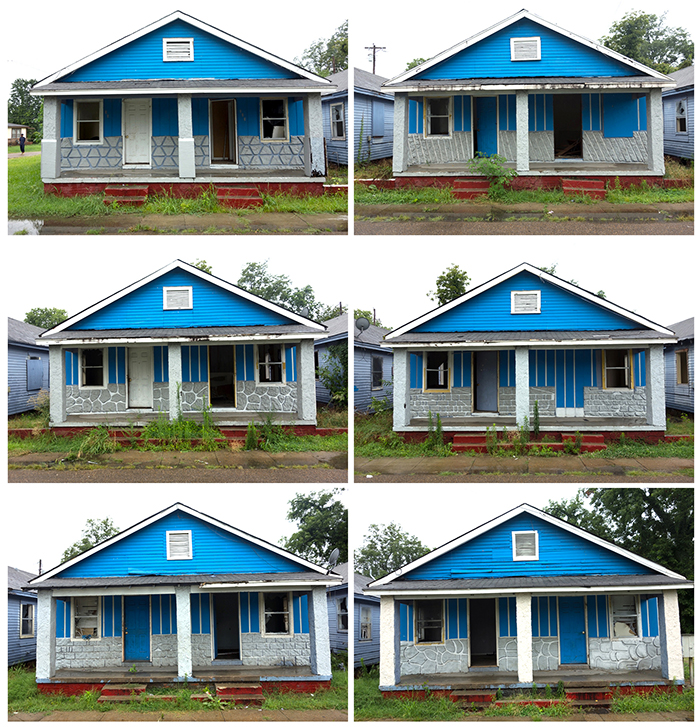
There are many differences in these six blue houses. Can you spot them?
DAY 5
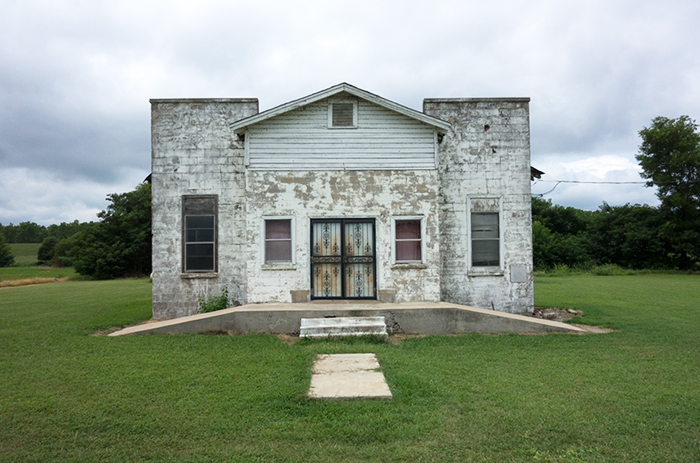
This was an active church.
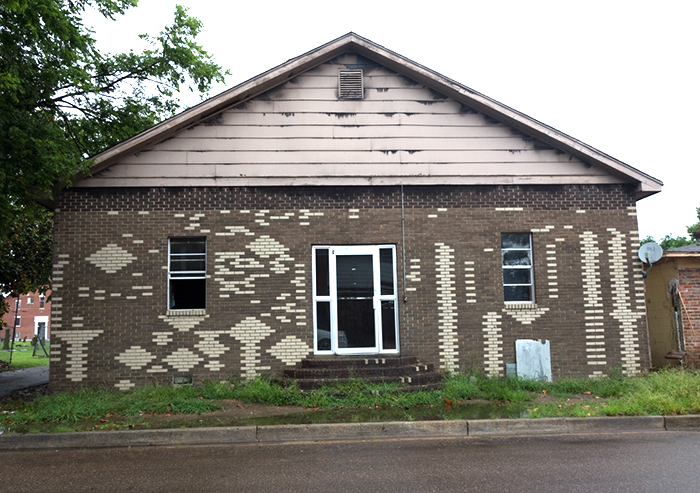
Most odd was this apparent random use of brick in the design of this building.
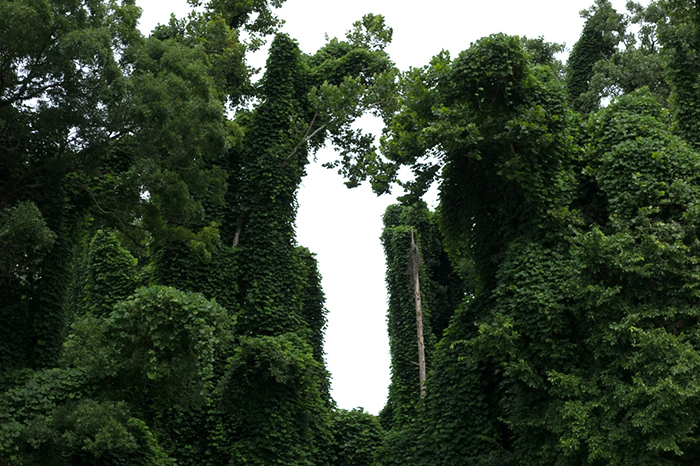
The figure of Jesus seemed to be appearing everywhere.
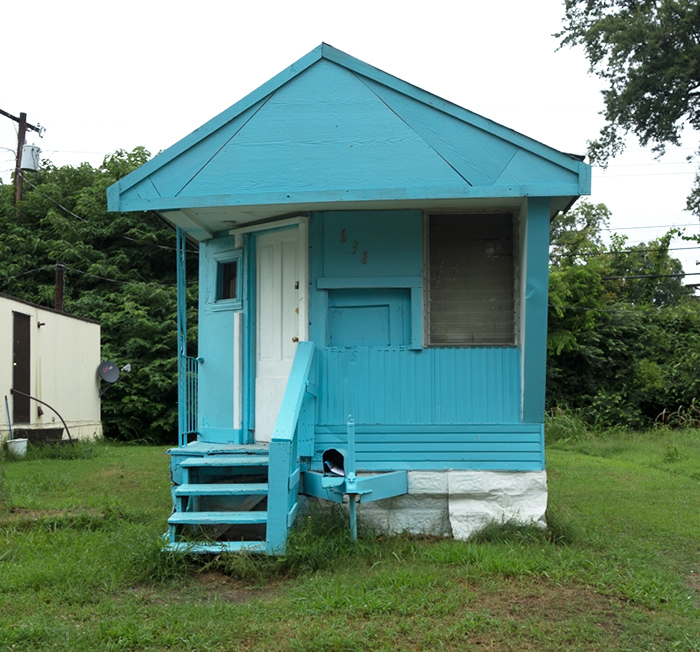
A reconfigured mobile home

DAY 6
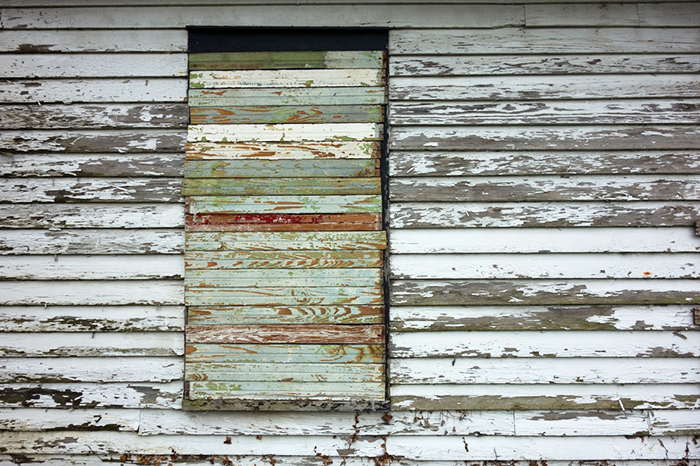
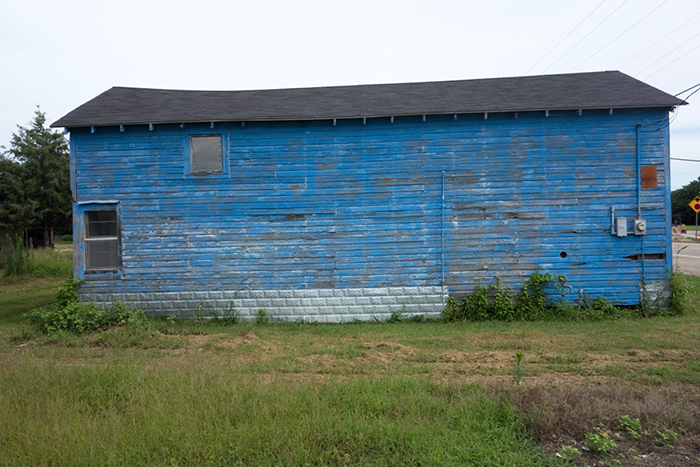
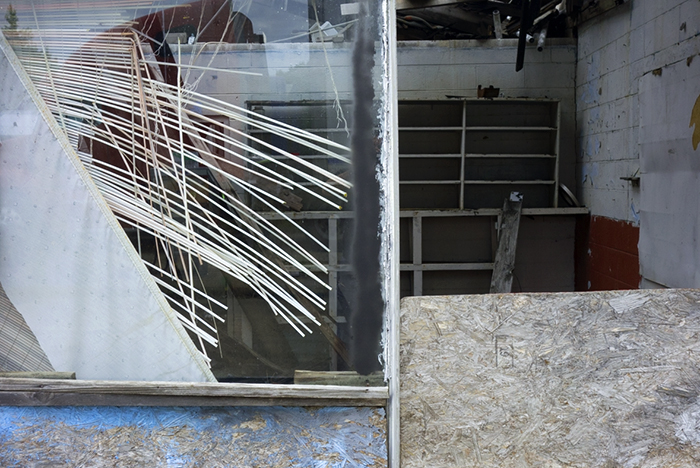
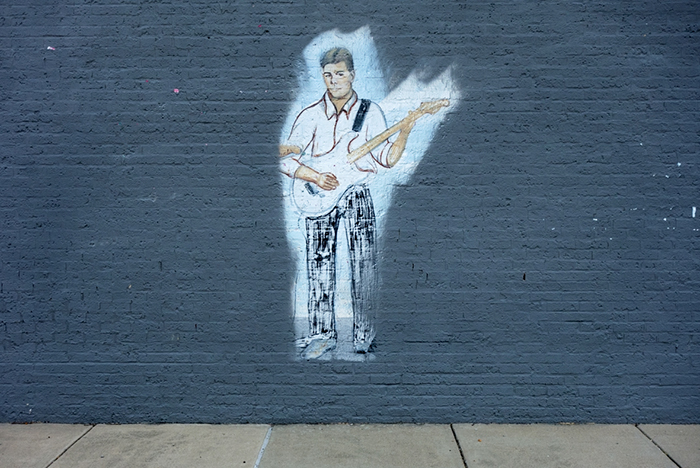
Observed
View all
Observed
By John Foster
Related Posts
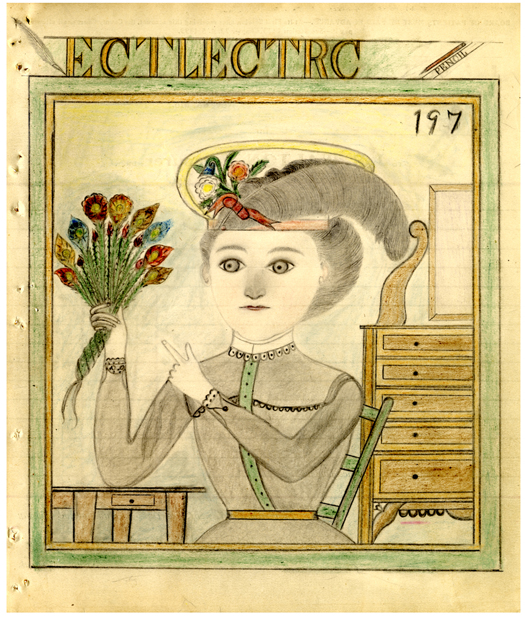
Accidental Mysteries
John Foster|Accidental Mysteries
The Remarkable Mr. Deeds
.jpg)
John Foster|Accidental Mysteries
Doug Rickard: N. A.
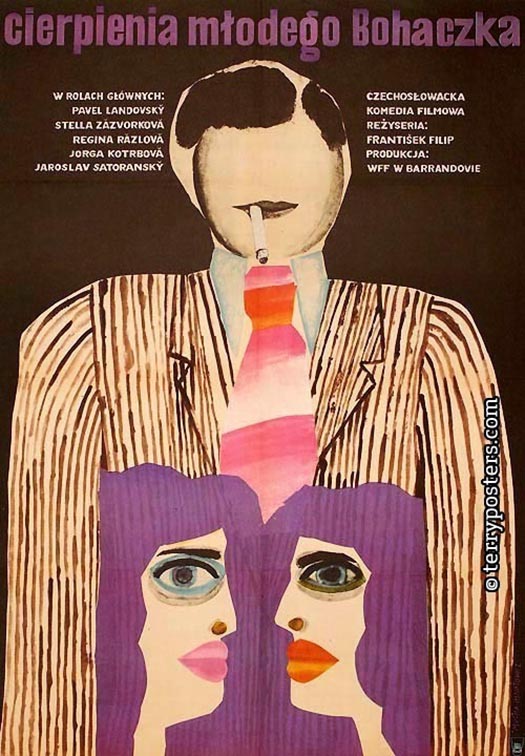
Accidental Mysteries
John Foster|Accidental Mysteries
An Archive of Czech Film Posters

Accidental Mysteries
John Foster|Accidental Mysteries
A Visual History of Lunchboxes
Related Posts

Accidental Mysteries
John Foster|Accidental Mysteries
The Remarkable Mr. Deeds
.jpg)
John Foster|Accidental Mysteries
Doug Rickard: N. A.

Accidental Mysteries
John Foster|Accidental Mysteries
An Archive of Czech Film Posters

Accidental Mysteries
John Foster|Accidental Mysteries

 John Foster and his wife, Teenuh, have been longtime collectors of self-taught art and vernacular photography. Their collection of anonymous, found snapshots has toured the country for five years and has been featured in Harper’s, Newsweek Online and others.
John Foster and his wife, Teenuh, have been longtime collectors of self-taught art and vernacular photography. Their collection of anonymous, found snapshots has toured the country for five years and has been featured in Harper’s, Newsweek Online and others.